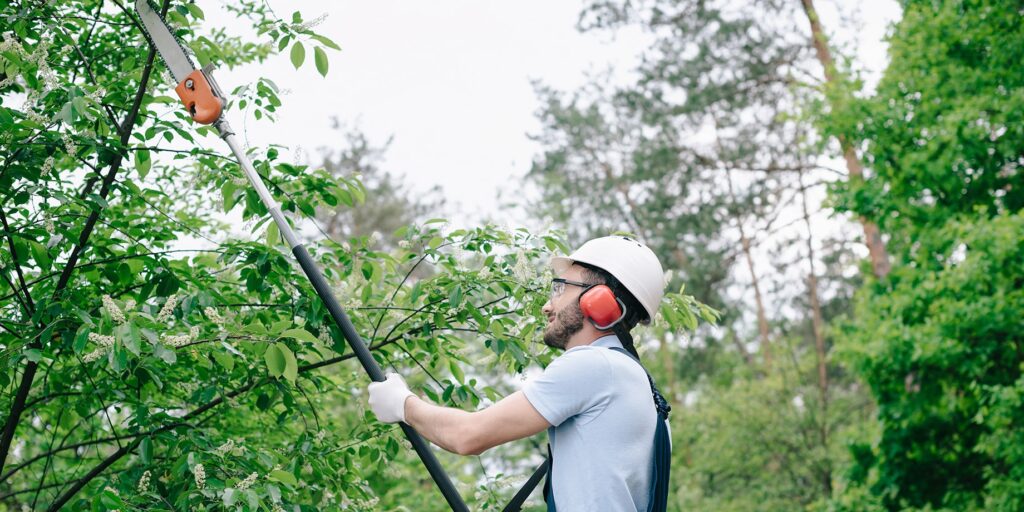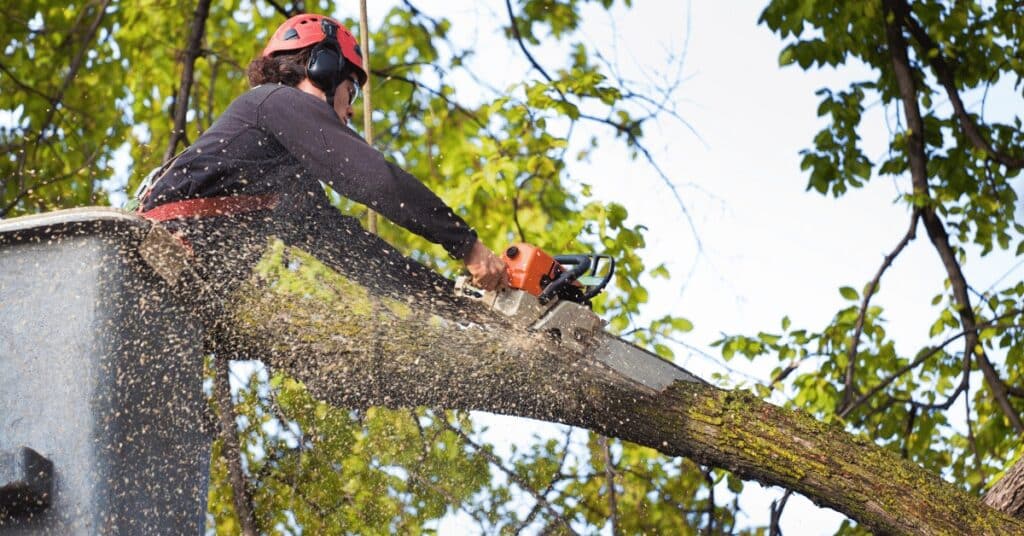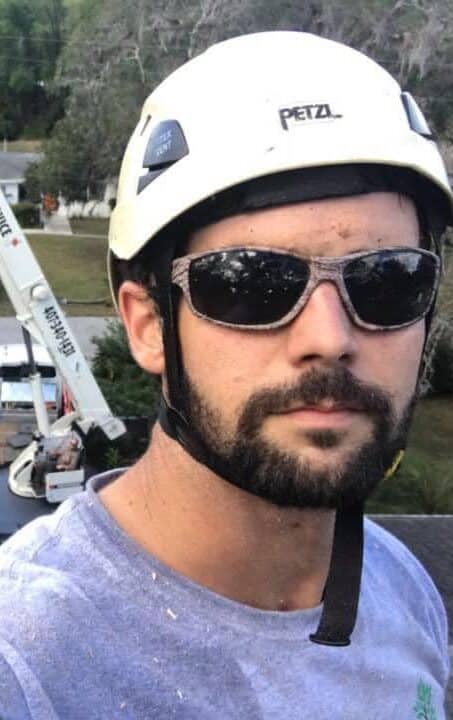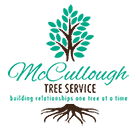By: Shelby McCullough| Published: December 18, 2025
Maintaining the health and beauty of your trees is crucial for both aesthetics and safety. In Florida, tree trimming can be particularly challenging due to the unique climate and vegetation. This guide will provide you with the essential steps and tips for DIY tree trimming in Florida, ensuring your trees remain healthy and your property is safe.

Why Tree Trimming is Essential
- Health Improvement: Removing dead or diseased branches prevents the spread of pests and diseases.
- Safety: Trimmed trees are less likely to cause damage during storms or high winds.
- Aesthetics: Well-trimmed trees enhance the appearance of your property.
- Growth Control: Proper trimming promotes healthy growth and prevents overcrowding.
Getting Started with DIY Tree Trimming
Before you begin, it’s important to understand the basics of tree trimming and the necessary tools.
Tools You’ll Need
- Pruning Shears: For small branches and twigs.
- Loppers: For thicker branches up to 2 inches in diameter.
- Pruning Saw: For larger branches.
- Pole Pruner: For high branches that you can’t reach from the ground.
- Protective Gear: Gloves, safety glasses, and a hard hat.

Step-by-Step Guide to Tree Trimming in Florida
1. Assess the Tree
- Identify Dead or Diseased Branches: Look for branches that are dead, diseased, or broken.
- Determine Branches to Trim: Consider branches that cross each other or those that grow towards the center of the tree.
2. Plan Your Cuts
- Cut at the Right Spot: Make your cuts just outside the branch collar, which is the swollen area where the branch meets the trunk.
- Angle Your Cuts: Ensure the cuts are at a slight angle to prevent water from accumulating on the cut surface.
3. Make the Cut
- Three-Cut Method for Large Branches:
- First Cut: Make a small cut on the underside of the branch about 6-12 inches from the trunk to prevent the branch from tearing the bark.
- Second Cut: Make a second cut about 1 inch beyond the first cut, sawing through the branch.
- Final Cut: Make the final cut just outside the branch collar to remove the stub.
4. Clean Up
- Dispose of Debris: Collect and dispose of all branches and leaves.
- Check for Pests: Ensure no pests have been exposed or spread during trimming.

Seasonal Tips for Tree Trimming in Florida
Winter
- Ideal for Pruning: Trees are dormant, and it’s easier to see the structure without leaves.
- Focus on Safety: Remove any branches that could pose a hazard during storms.
Spring
- Encourage Growth: Light pruning can help direct the growth of new branches.
- Inspect for Disease: As trees start to grow, check for any signs of disease.
Summer
- Avoid Heavy Pruning: The heat can stress trees. Only remove dead or hazardous branches.
- Hydration: Ensure trees are well-watered to cope with the summer heat.
Fall
- Prepare for Dormancy: Light pruning can help prepare trees for the dormant winter period.
- Inspect Structural Integrity: Check for any damage caused by summer storms and address them.
Common Mistakes to Avoid
- Over-Pruning: Removing too much can stress the tree and inhibit growth.
- Incorrect Cutting Technique: Improper cuts can lead to disease and pest infestation.
- Ignoring Safety: Always wear protective gear and be cautious when working at heights.
FAQs on Tree Trimming in Florida
Q: How often should I trim my trees?
A: It depends on the type of tree and its growth rate. Generally, once every 3-5 years is sufficient.
Q: Can I trim my palm trees the same way?
A: Palm trees require specific techniques. It’s best to remove only the dead fronds and avoid over-pruning.
Q: What should I do with the trimmed branches?
A: You can dispose of them through your local yard waste program or use them as mulch.
Q: Is it safe to trim trees near power lines?
A: No, it’s best to hire professionals for trees near power lines to avoid accidents.
Q: How do I know if a branch is dead or diseased?
A: Dead branches are usually dry and brittle, with no leaves or buds. Diseased branches may have discolored leaves or visible fungus.
Conclusion
Tree trimming is an essential part of maintaining a healthy and beautiful landscape in Florida. By following these guidelines and using the right techniques, you can ensure your trees remain healthy and safe. Remember, when in doubt, it’s always best to consult with or hire a professional tree service.
For expert tree trimming services in Florida, consider contacting McCullough Tree Service. With their certified arborists and comprehensive tree care solutions, you can ensure your trees are in the best hands.

